Link building for ecommerce sites is an integral part of the SEO game: backlinks are used by search engines as signals that the website is authoritative and can be trusted, which has an impact on your SERP performance. They also drive referral traffic to your website.
Why does it matter?
As the share of online retail sales is consistently increasing and the market is forecast to be worth $8 trillion in 2027, the ability to attract customers online is likely to have an even greater impact on your business performance.
Link-building for ecommerce websites, however, comes with its unique challenges, and that’s what the article covers first. Next, we look briefly at the importance of link-building for ecommerce.
Finally, we introduce 9 tried-and-tested ecommerce link-building strategies.
Link Building Challenges for Ecommerce Websites
Ecommerce link building comes with several challenges.
For starters, the competition in the market is huge, which can be attributed to low entry barriers. It’s much easier to set up an online shop than a regular brick-and-mortar one. It doesn’t mean that it’s easy to succeed though.
The sector is particularly challenging for newcomers as they need to compete against retail giants like Amazon or Wayfair. Just run a search on the first item that comes to your mind, and the top 3 spots are most likely occupied by an established company.

Jacek Żmudziński, an SEO Expert and Marketing Consultant, with years of experience building links for ecommerce sites, thinks that it is particularly challenging in certain niches, where lots of sites offer similar products:
A specific challenge I encountered was with the e-commerce site for a furniture store specializing in modern and designer pieces. The intense competition in the furniture niche, particularly for unique and high-end products, made it difficult to secure quality backlinks. The market was saturated with similar stores, and standing out required more than just offering unique products.
Jennifer Simon of Rainmaker.Uno echoes Jacek’s thoughts:
Since many ecommerce sites offer similar products, it’s a struggle to differentiate and persuade websites to link back to you.
What makes things more challenging is the number of products and category pages that you need to consider in your link-building strategy:
Ecommerce sites, especially those with extensive product catalogs, face unique challenges due to the sheer number of pages they have to manage and optimize. This can make optimizing the entire site and allocating link capital more complex than simpler sites.
It gets worse.
A short product lifecycle can be a limiter too.
Product ranges can change frequently; products can become obsolete, and so on, all leading to the fact that the relevancy and longevity of links pointing to specific products can become an issue.
To successfully compete in such an environment, e-commerce sites need sufficient resources (which are never adequate when competing against well-established players), and the ability to prioritize the right initiatives.
Links to product pages and collection pages aren’t usually very natural. This makes it difficult to build authority to individual pages that are important for your business, while keeping your risk low. Driving links to linkable assets and then passing authority through to your important pages with internal links is an effective way to handle it. However, that’s still not as effective as driving a link directly to the page you’re trying to rank. Balance that risk is a big challenge for ecommerce brands.
For example, focusing on product pages can be a more reliable strategy than individual products as these tend to be more permanent.
But here’s another challenge: convincing other websites to link back to them.
Some website owners and bloggers hesitate to link to eCommerce sites. They view it as an endorsement or promotion of products or brands. They may want to avoid conflicts of interest or biases.
Finally, link-building, and SEO in general, are long-term investments, whereas e-commerce is all about immediate results. Consequently, short-term sales goals often overshadow long-term SEO and link-building strategies:
Ecommerce sites often prioritize immediate sales, making content marketing and SEO, which take time to build authority, a less attractive option.
Why Does Link Building Matter for Ecommerce Business?
The experts I interviewed for the piece agree on 3 main points.
First, the success of ecommerce sites depends on their ability to rank in SERPs, and backlinks are one of the key factors used by SEs:
Unlike other sectors, ecommerce relies heavily on people finding your site organically. Links facilitate discovery by improving rankings and associating your brand with relevant content.
What’s more, backlinks drive quality referral traffic to your website, and that’s often visitors with high commercial intent.
But according to Marc Bishop, Director of Wytlabs, link-building for e-commerce isn’t just about traffic and conversions, but brand elevation:
In the e-commerce domain, links do more than enhance SEO; they elevate the brand in a crowded marketplace. High-quality backlinks from reputable sources can significantly boost brand perception, distinguishing your e-commerce site from competitors and influencing buyer confidence.
9 Link Building Techniques for Ecommerce Websites
Considering the unique challenges of the e-commerce sector, not all link-building may be equally effective. Let’s have a look at 9 popular tactics, assess their usefulness, and how to leverage them in your link-building campaigns.

1. Broken Link Building
Broken link building is an old-time favorite.
The principle is simple:
First, you look for websites that link to pages in your niche that don’t exist anymore or have moved to a different URL. Next, you reach out to the owners and ask them to replace the broken link with one to your website.
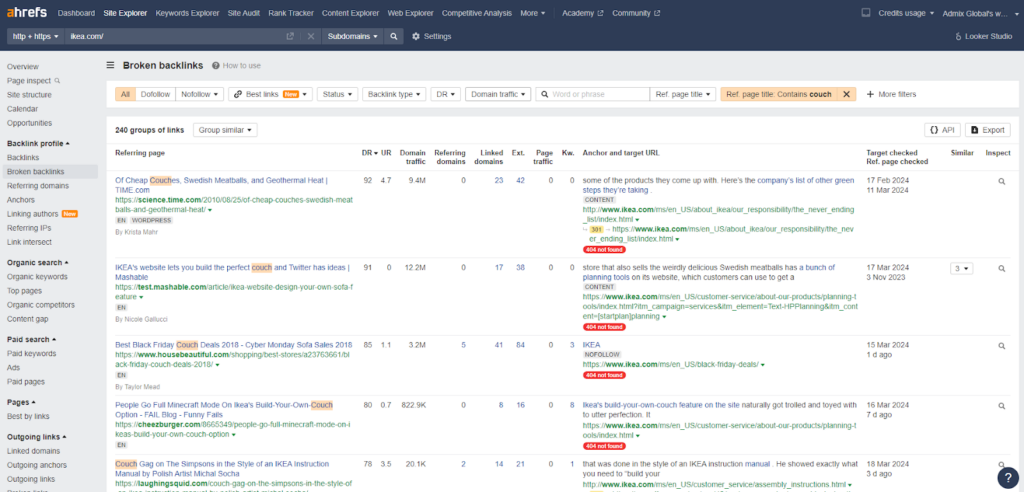
The tactic is based on the idea that by pointing out broken links and suggesting replacements, you help the webmaster increase the page value, so securing the link should be easier.
But how effective is the tactic in the e-commerce space?
On the one hand, there can be a lot of opportunities for building backlinks in this way because of the transient nature of e-commerce. As products disappear from competitors’ sites, there are lots of backlinks to snatch.
However, for the very same reason, Tom McSherry, the Managing Director at LeadLocal, calls the tactic a game of cat and mouse:
Its effectiveness can vary. On one hand, replacing non-existent resources with similar or improved content can deliver excellent results when executed correctly. However, given the active and often fluid nature of e-commerce webpages, it can be a game of cat and mouse.
One of the main downsides of the strategy is that it’s labor-intensive and difficult to scale:
While a broken link replacement strategy is effective for building high-quality links, it may not scale as easily as other tactics because of the need for individualized reach.
2. Guest Posting
Guest posting or guest blogging involves writing articles for other websites. In the article, you can often place a backlink to your website and possibly, your partners’ websites.
In addition to valuable backlinks on potentially high DA/DR sites, such guest posts can boost the online exposure of your e-commerce website.
How can you find such opportunities?
Start with a Google search for your keyword combined with terms like ‘submit a guest post/article’, ‘write for us’, ‘guest post by’, or ‘guest post guidelines’.
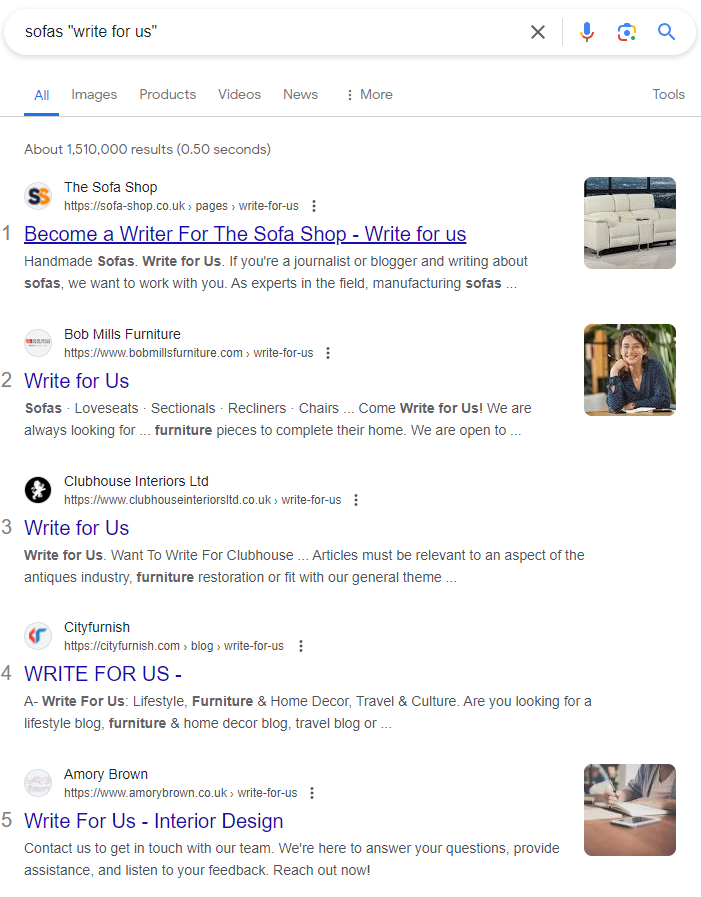
You can also analyze your competitors’ backlink profiles for links earned in this way.
Here’s a twist to the technique:
Instead of pitching new guest posts for a website, how about offering to update their old ones?
This makes your link even more valuable because the page may already be ranking and/or have backlinks pointing to it.
3. Digital PR
Digital PR is probably one of the most powerful link-building tactics.
If you get it right, a single campaign can score multiple links from high-DR media outlets. Better yet, such sites tend to have huge audiences, so the links can drive tons of referral traffic and boost your brand visibility.
For example, Search Intelligence, a digital PR agency, managed to earn 40 links from sites such HuffPost and Healthline (both DR92) for their client Bulk.com in a month.
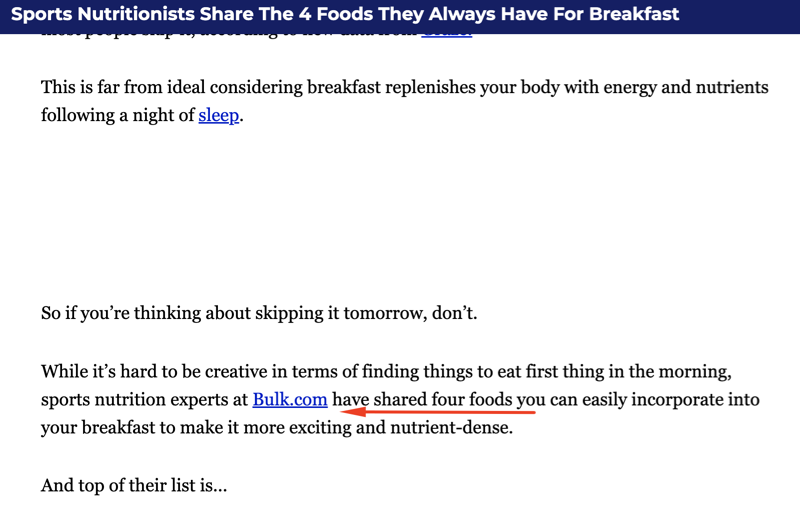
How do you achieve this kind of link-acquisition velocity?
SE used a range of tactics:
- Expert commentary - leveraging their knowledge about nutrition and fitness.
- Newsjacking and reactive PR - responding to stories trending in the media.
- Data-driven campaigns - analyzing trends to create resources that journalists find attractive.
Other common PR tactics you can consider include creative campaigns, like the #likeagirl campaign by Always was originally launched in 2014 and keeps generating links for the company until now because of the impact that it’s made.

4. Unlinked Brand Mentions
Unlinked brand mentions are said to be easy pickings in link building business.
Why so?
When somebody writes about your e-commerce business in their content, it may be easier to persuade them to add a link too. You just need to find such opportunities and reach out to them.
To do so, you can use dedicated tools like Mention and Brand24. If you don’t want to add yet another subscription to your budget, you can set up Google Alerts or use your SEO tool.
Here’s how to do it in Ahrefs:
1) In Content Explorer, type in your “brand name” and set the search mode to In content.

2) Add your domain to Highlight Unlinked.

3) Filter the results by language, DR, etc., and export them
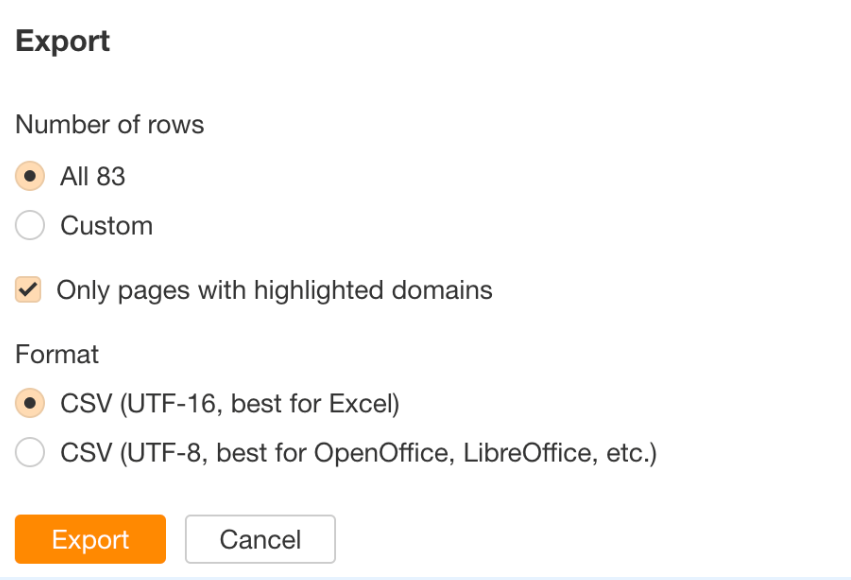
Sounds easy?
In practice, websites often require some incentive to link back to you, so consider inviting them to your affiliate program.
5. Niche edits
Niche edits, also known as contextual backlinks or link insertions, involve adding a link to an existing article or page on a website, rather than creating new content. You do it by reaching out to website owners and suggesting that they add a link to your site in one of their existing pieces of content where it adds value.
This is a quick way to potentially build lots of backlinks but these links aren’t usually free and if you have to pay for them, then it’s a violation of search engine guidelines and can get you in trouble.
Is it worth it or the right thing to do? We’ll let you decide for yourselves.
6. Create Linkable Assets
Creating linkable assets is a method used by SEOs because they attract links organically.
However, it seems that in e-commerce, this isn’t as straightforward as it may be in other sectors because conversion-focused pages might not be what bloggers or journalists link to naturally:
Since e-commerce sites are often seen as purely commercial, some website owners may be hesitant to link to them unless there’s a clear value proposition for their audience.
But here’s the deal:
You don’t need to build links to your money pages. Instead, you can focus your link-building efforts on other resources and use internal links to pass the equity to product pages.
Szymon Slowik, the cofounder of takaoto.pro SEO agency, recommends creating resources complementary to what your store sells:
If your store offers downhill bicycles, you could prepare a detailed, well-crafted map of bike parks in the country or region. To add high utility value, you could also mark on it additional spots like dining points, parking spaces, and nearby bicycle services.
So what kind of resources can you create to attract links?
Georgi Todorov, the Founder of Create & Grow, finds evergreen statistical posts to be a good source of passive links that work well into the future.
Producing original research reports is easier for larger players with a large market share as you can leverage your data, for example, to showcase trends in user behavior or preferences.
Other resources that act as link magnets include:
- Infographics
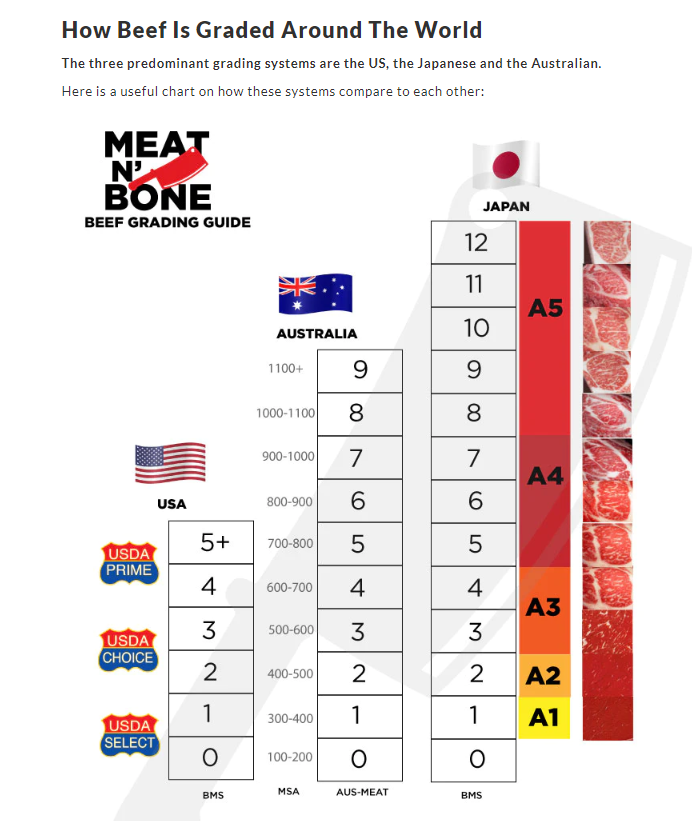
- Calculators, for example, a tiling or painting calculator
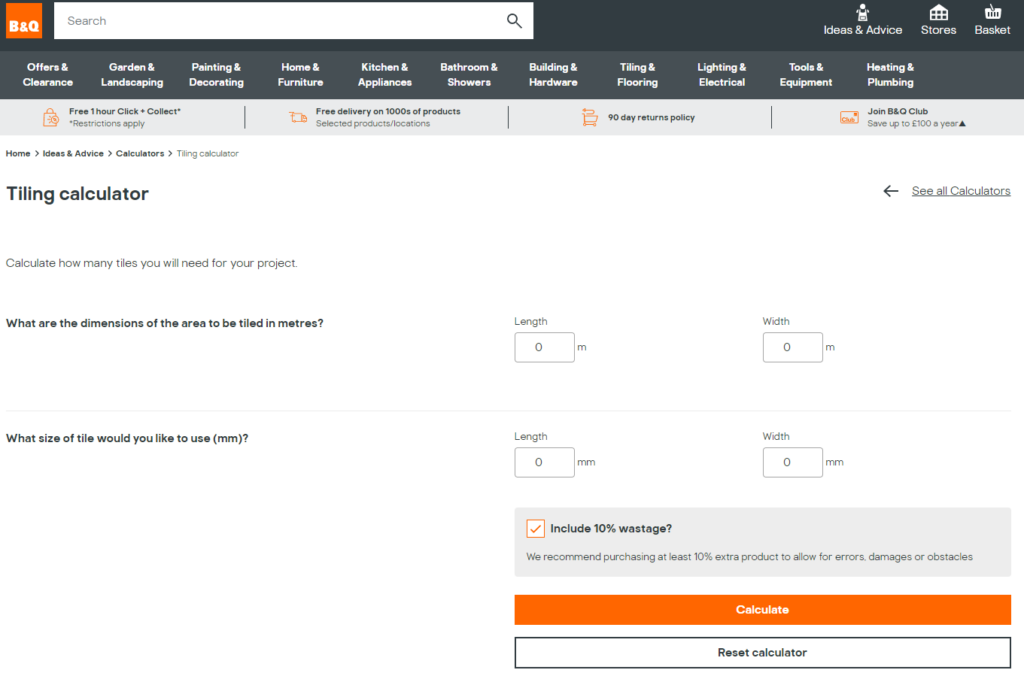
- Guides, for example, the well-known ‘How to tie a necktie’ guide
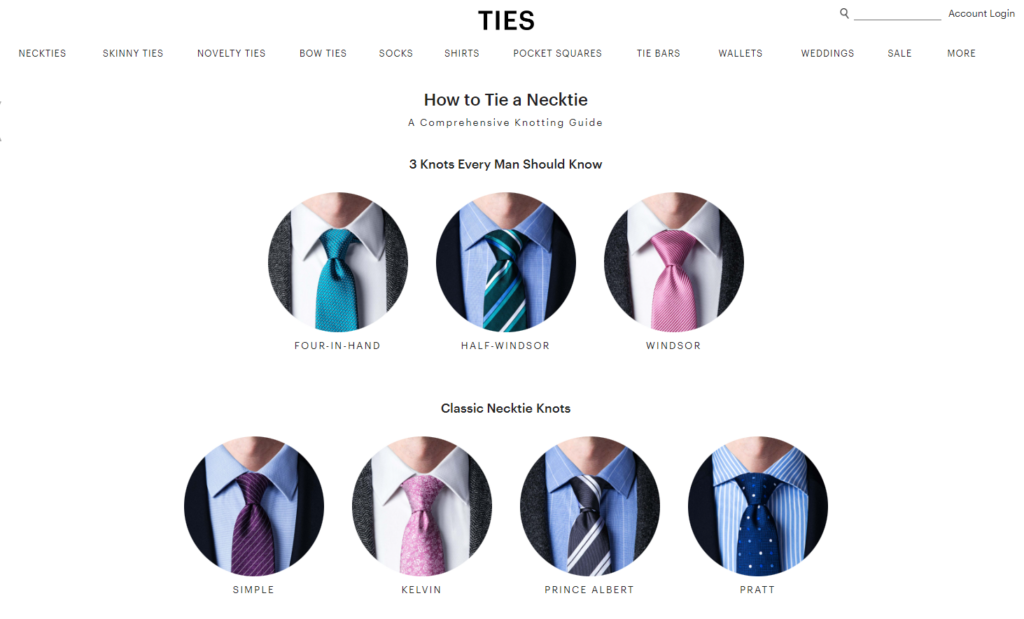
- Tutorials, like DIY videos
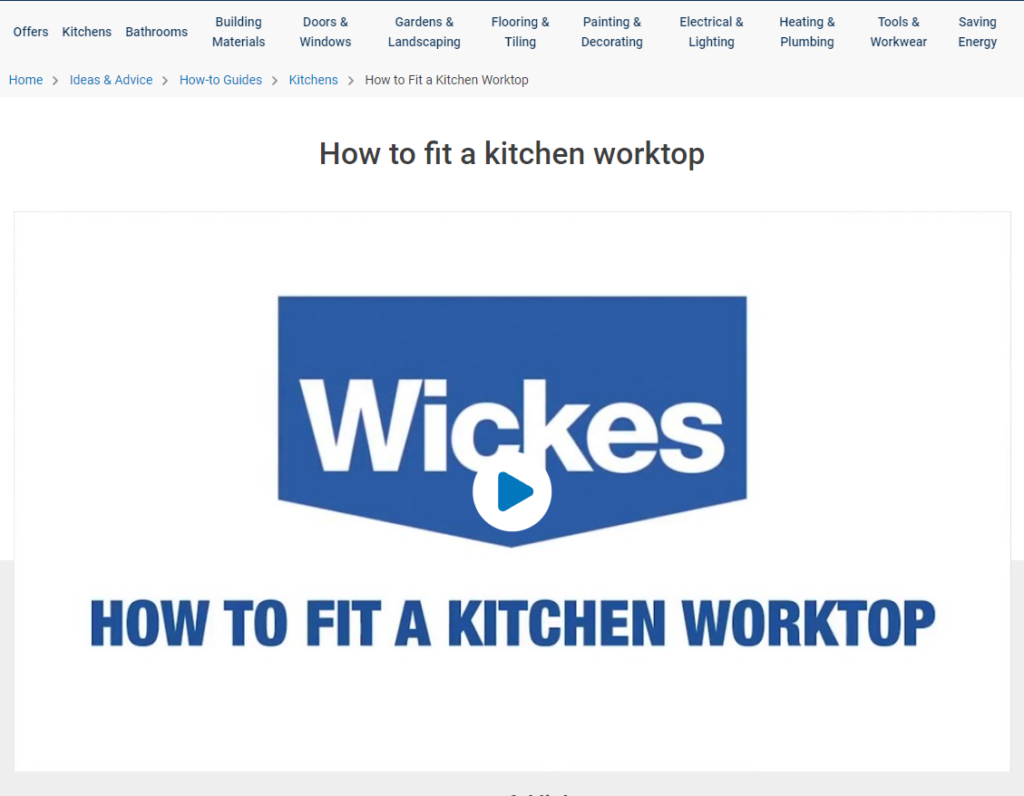
- In-depth, unbiased product reviews and comparisons
- Detailed buying guides e.g. "Best Cameras for Beginners"
- Educational content about your niche
Georgi believes creating resources to build links is a numbers game:
The creation of linkable assets can be a hit-or-miss endeavor. It’s often observed that 20% of your linkable assets will generate 80% of your links, which is why it’s advisable to produce them in greater quantities.
He also mentions that it takes time for such links to generate links organically.
The solution?
7. Editorial Links
Editorial links are links that authors and editors decide to include in their content voluntarily because they add value. For example, they may find one of your linkable assets, like a research report or infographic.
Such organic backlinks are super valuable in SEO because they help you build a natural backlinks profile.
However, their definition is a bit problematic for link-builders. If an editorial link is acquired without an exchange taking place or even asking, how can you build it without turning it into a link insertion?
The fact that you can’t ask for link placements, doesn’t mean you cannot promote your assets
In fact, it’s a bit naive to think that others will find your content if it’s not on the first page already.
You can promote your assets through social media, newsletters, or syndication websites like Medium or LinkedIn. And who said you cannot share it with people who might be interested in linking to them, like bloggers or journalists, especially if they’ve linked to similar content before?
If this sounds like a lot and you’d rather let professionals do it for you, it might be worth having a chat with the Editorial.Link team.
8. Affiliate Partnerships
Affiliate programs, which allow your partners to earn commissions on the sales that originate from their websites, are perfect for e-commerce websites.
Affiliate partnerships offer a fantastic avenue for link-building. Affiliates, by nature, have a vested interest in linking to your products, driving both web traffic and potential conversions.
Its value doesn’t necessarily come from the link juice that they pass, because the links come from affiliate platforms rather than directly from the website:
These links will often run via redirects on an affiliate platform, so although they offer many business benefits, the specific SEO benefit will not necessarily be huge.
What business benefits does Michael mean? The main advantage is the qualified referral traffic that they bring to your website and exposure to your products and your brand.
However, to reap these benefits, the choice of your partners is critical:
It’s vital to collaborate with affiliates whose audiences match the e-commerce site’s target demographic to ensure the relevance and effectiveness of the links in driving qualified traffic.
A simple strategy is teaming up with companies that offer complementary products:
An effective affiliate strategy would involve targeting and partnering with affiliates that complement your product offerings and share your customer base.
The easiest way to start with affiliate marketing is by using a platform like Brandassador where you can find and vet potential partners.
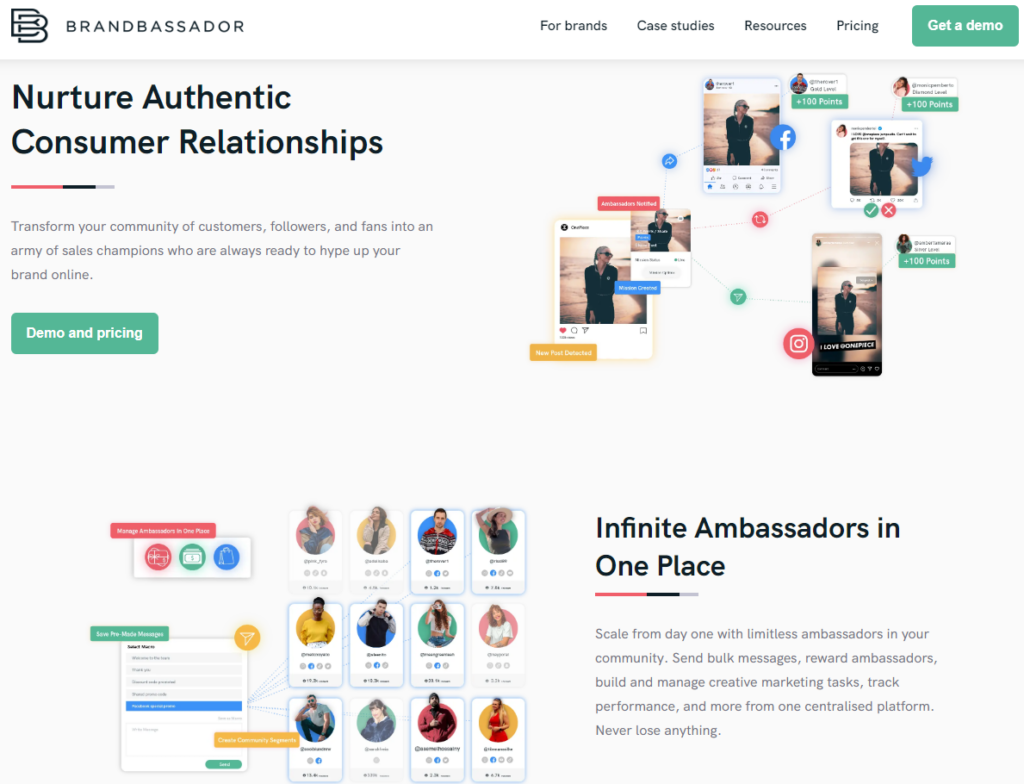
To make the program effective, Gabrielle Marie Yap, Culinary Entrepreneur at CarnivoreStyle, providing your affiliates with all the resources they need to promote your products:
I make sure to provide my affiliate partners with everything they need to promote my products effectively – whether it’s high-quality images, persuasive copy, or exclusive discounts for their followers.
9. Influencer Product Reviews
Another way to leverage the following of others to increase your brand and product visibility is through influencer product reviews.
Basically, you reach out to influencers, be it bloggers or YouTube celebrities, to offer samples of your product and ask them to review it.
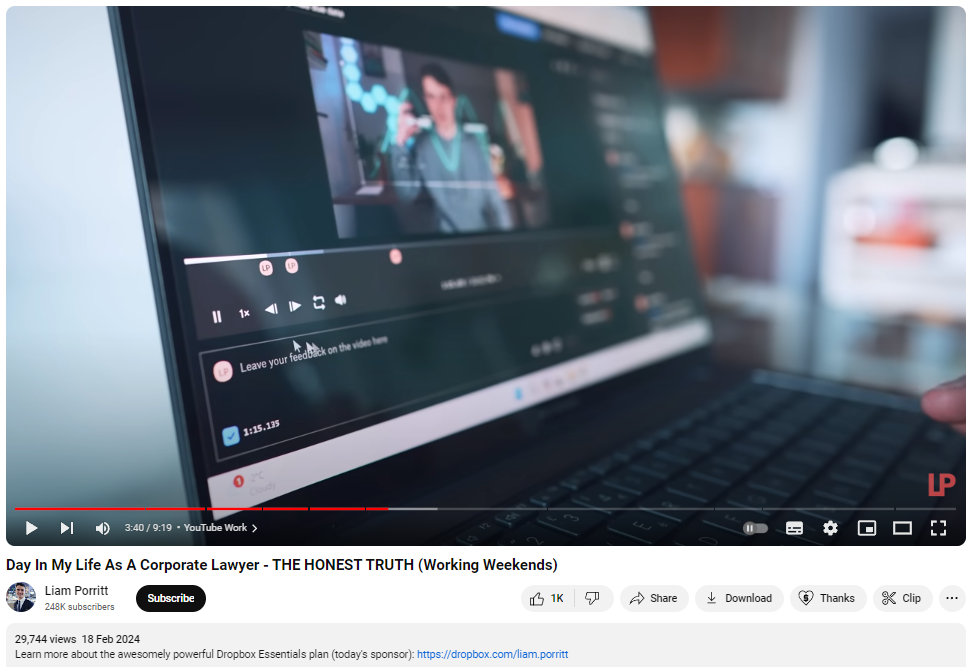
This strategy shares lots of the benefits of affiliate marketing:
Influencer product reviews can be leveraged to build links by encouraging influencers to link back to your site in their reviews. This not only provides a backlink but also exposes your products to a new audience.
Just like in affiliate marketing, it’s key to build connections with relevant influencers who have an adequate following, so the vetting process and establishing trust takes more time.
However, it results in a less transactional relationship. This is important because Google frowns upon exchanging goods for links, as Michael Sandford, of The SEO Works points out:
Google guidelines warn against exchanging products for links. However, I have often seen influencers link voluntarily, simply because they want to provide value to their audience, and because they want to support quality brands.
Final Words
Link building for ecommerce is tricky because websites might be unwilling to link back to commercial pages. Consequently, there may be fewer opportunities than in other sectors, and the competition for them is massive.
To stand a chance in such a competitive market, companies need to show creativity and strategic thinking when prioritizing link-building initiatives.
That’s where the expertise and experience of a specialist link-building agency like Editorial.Link can make a difference. Get in touch with our team to have a chat about your link-building needs.
















